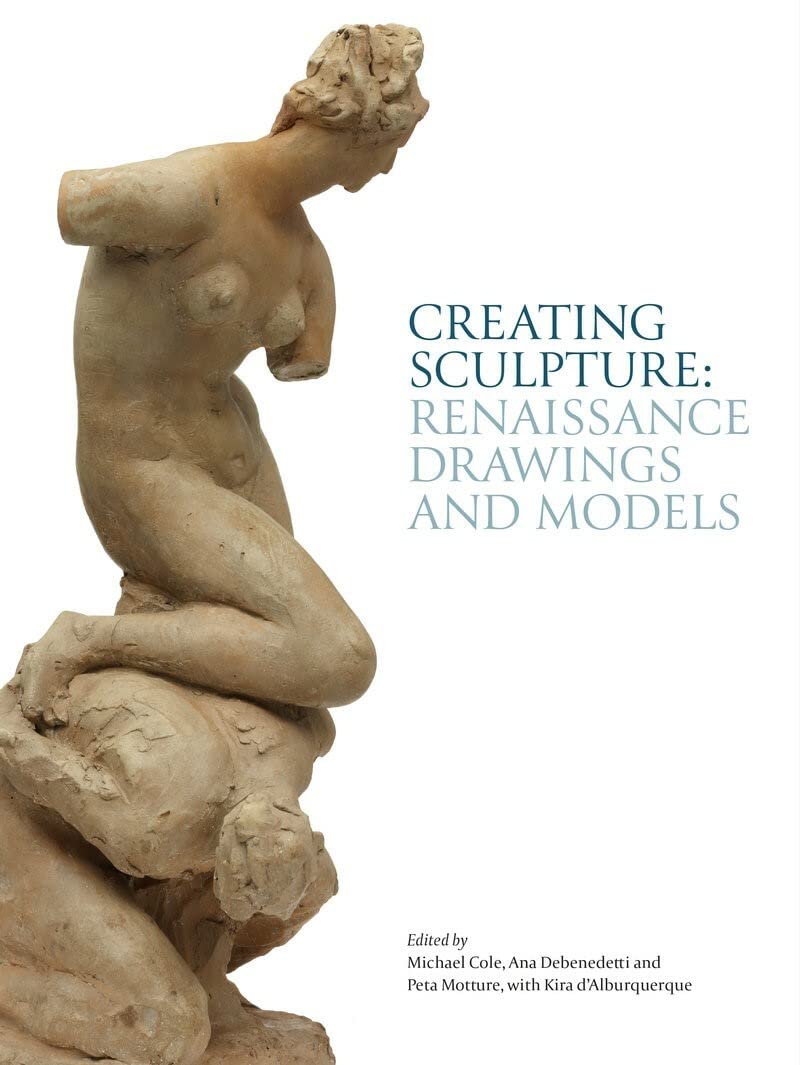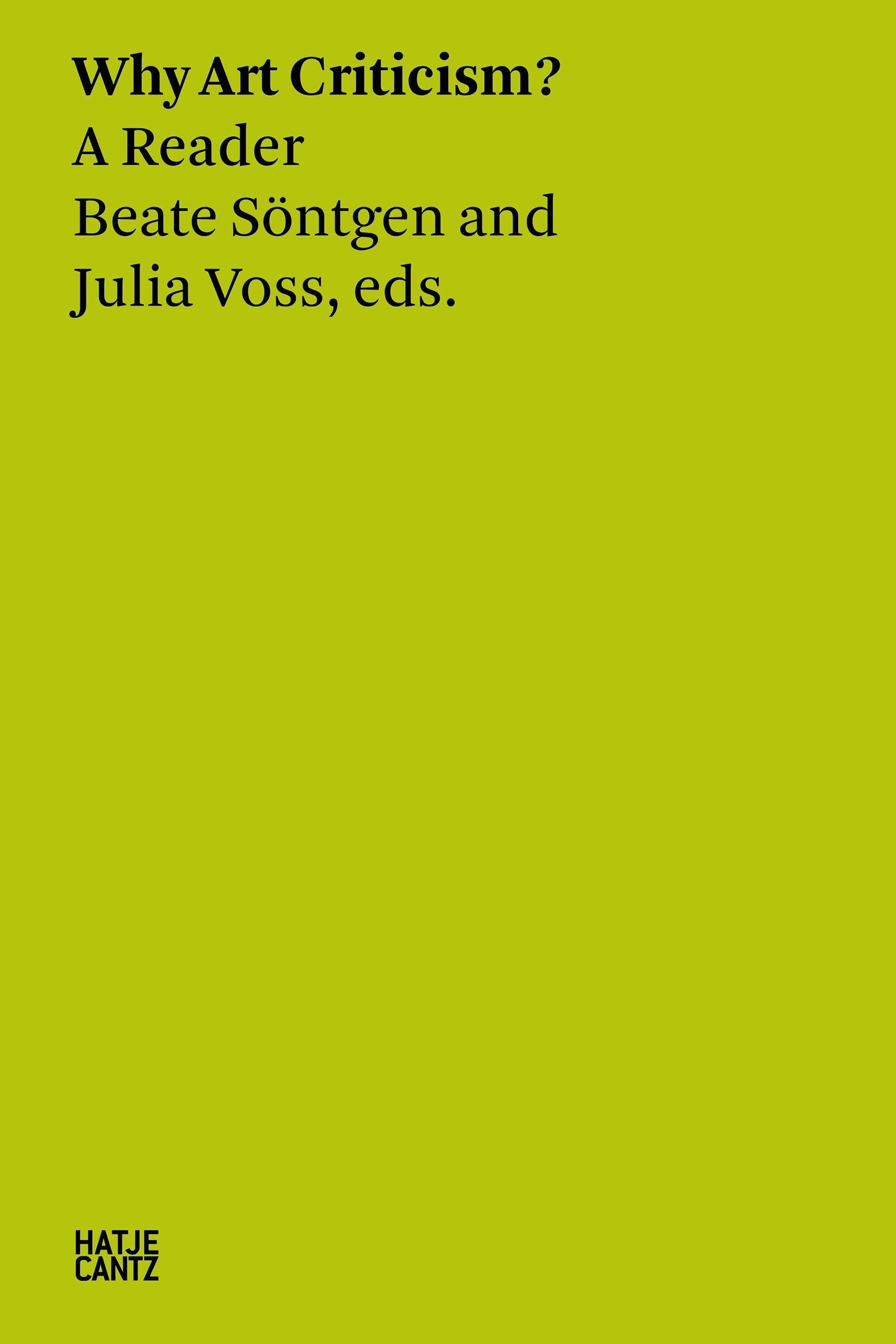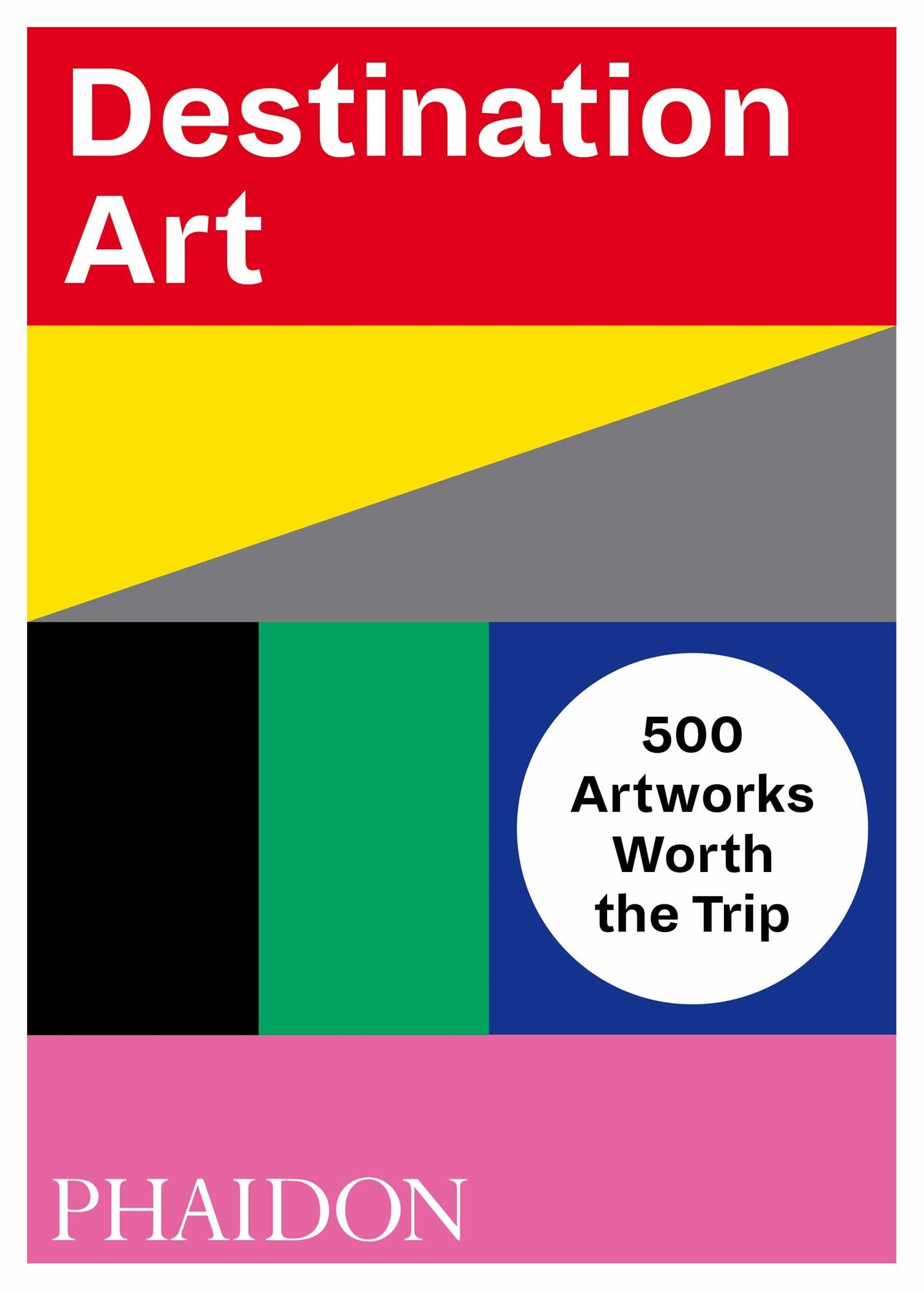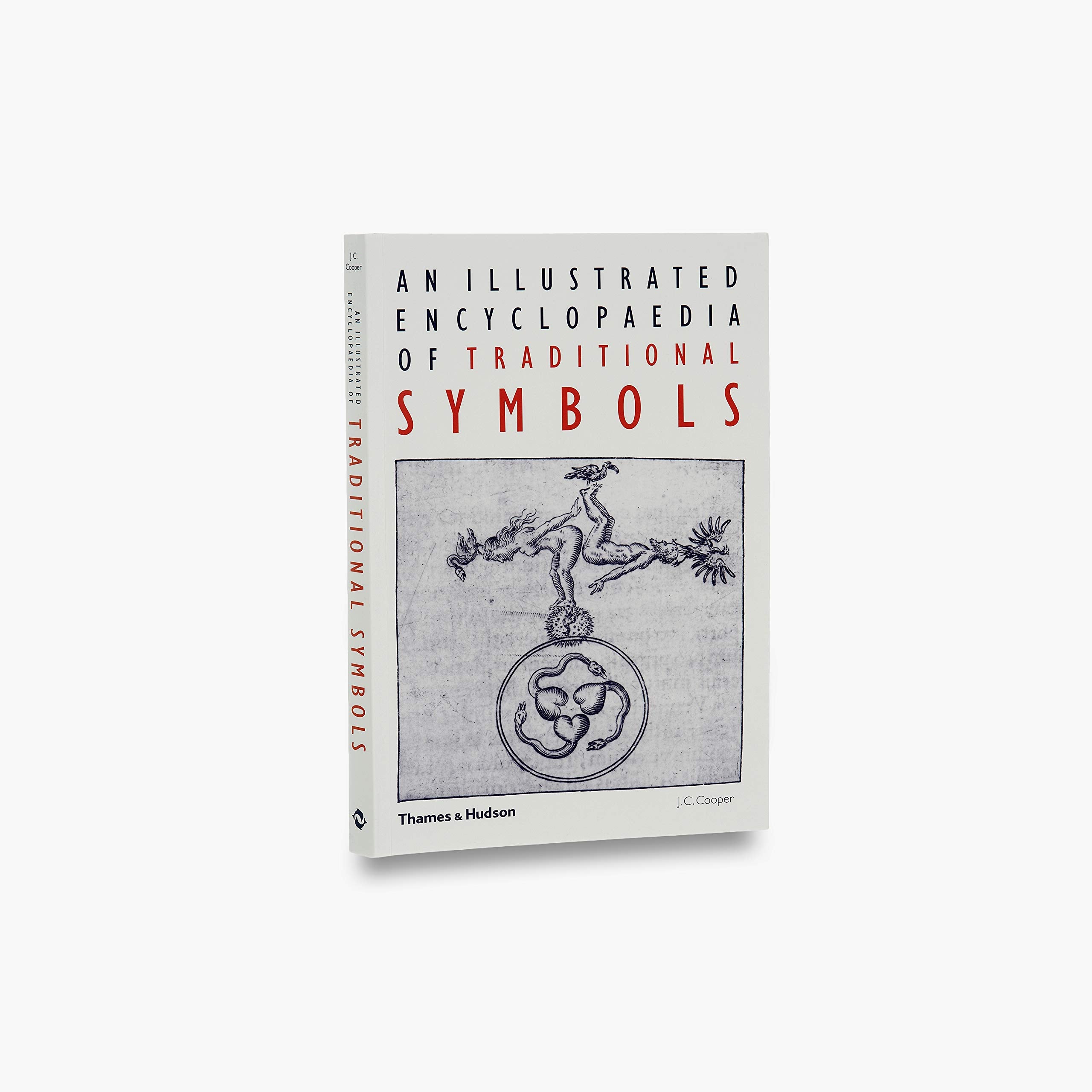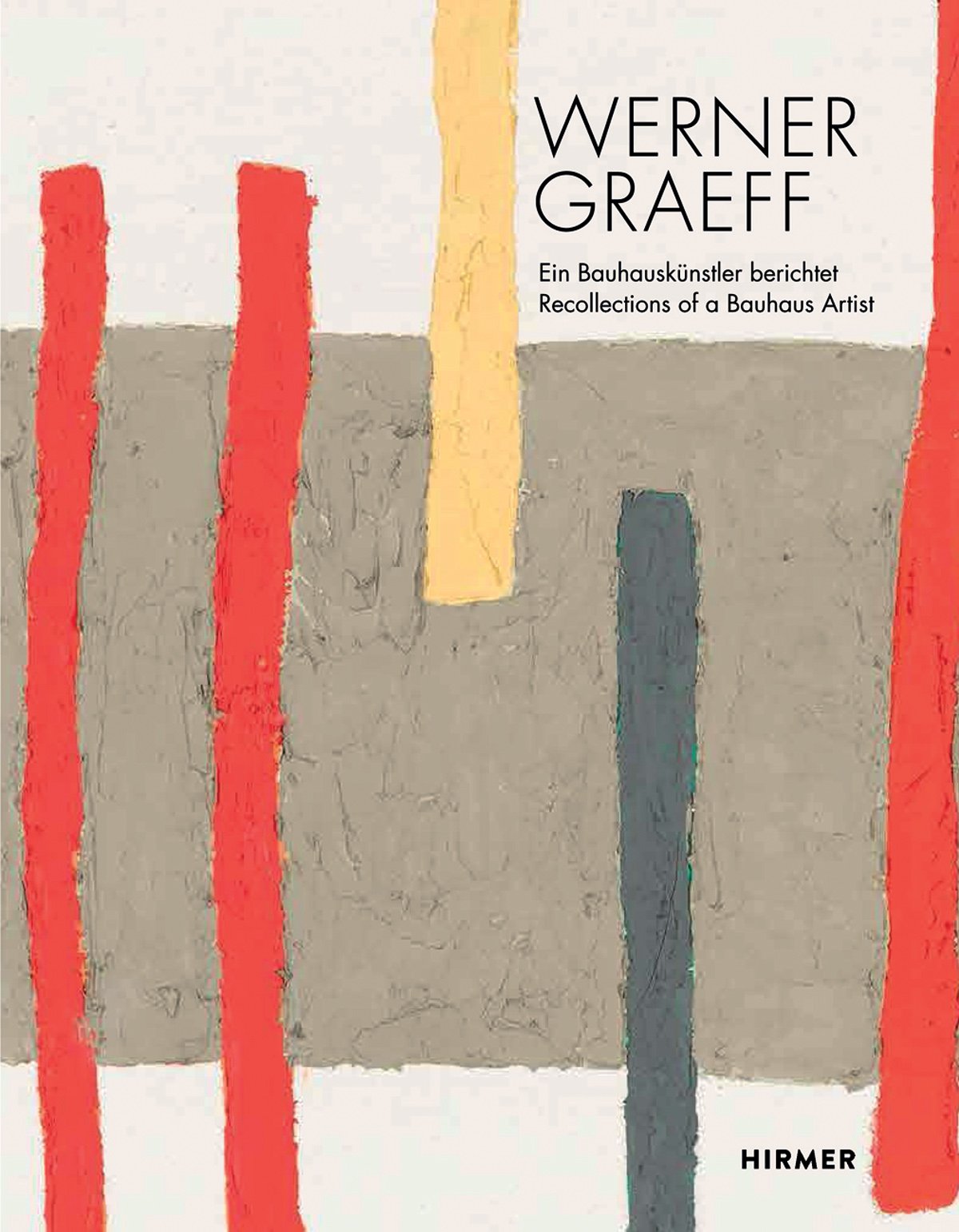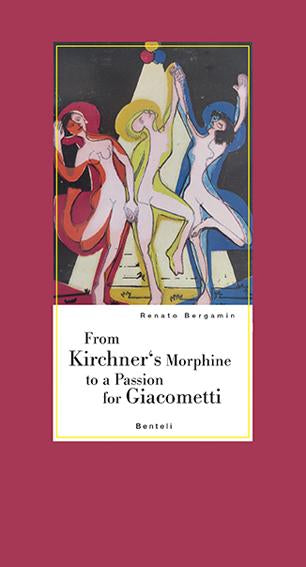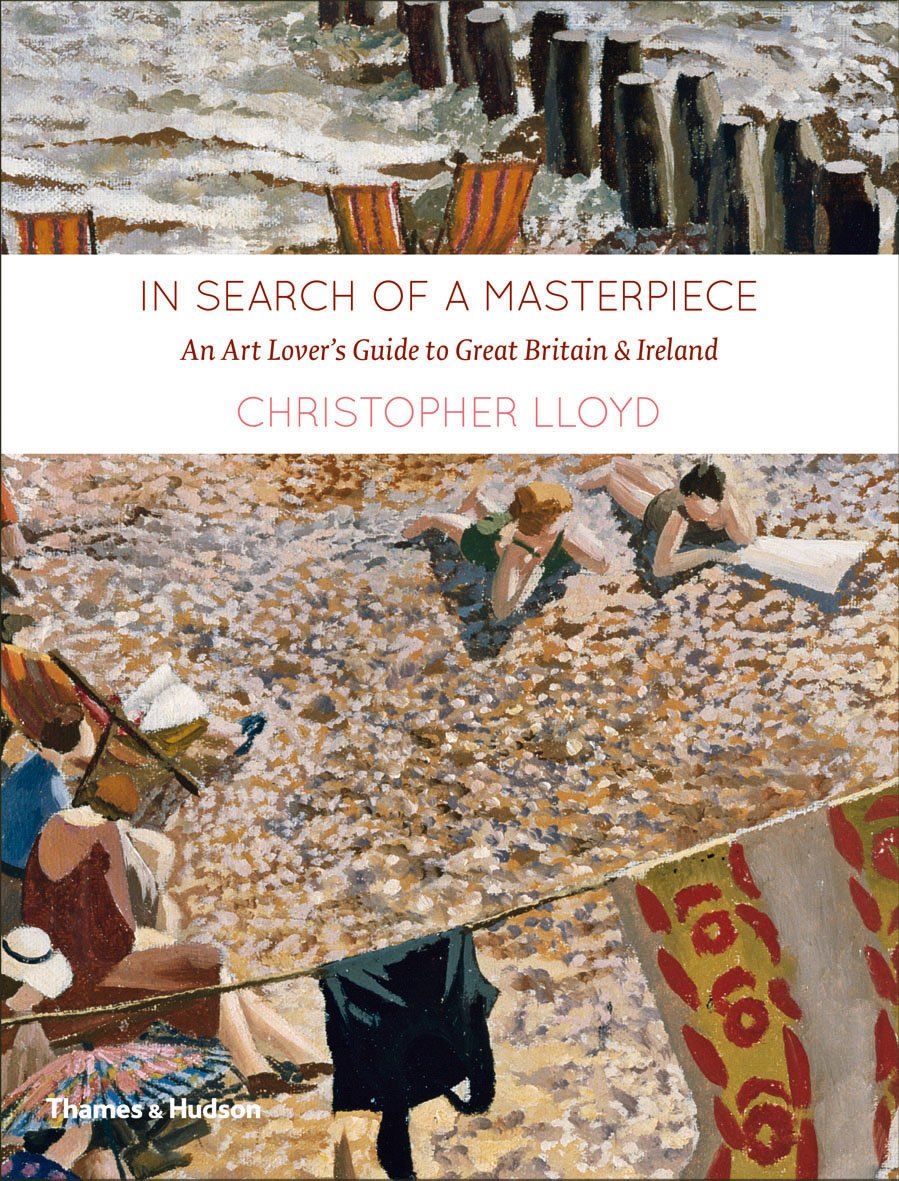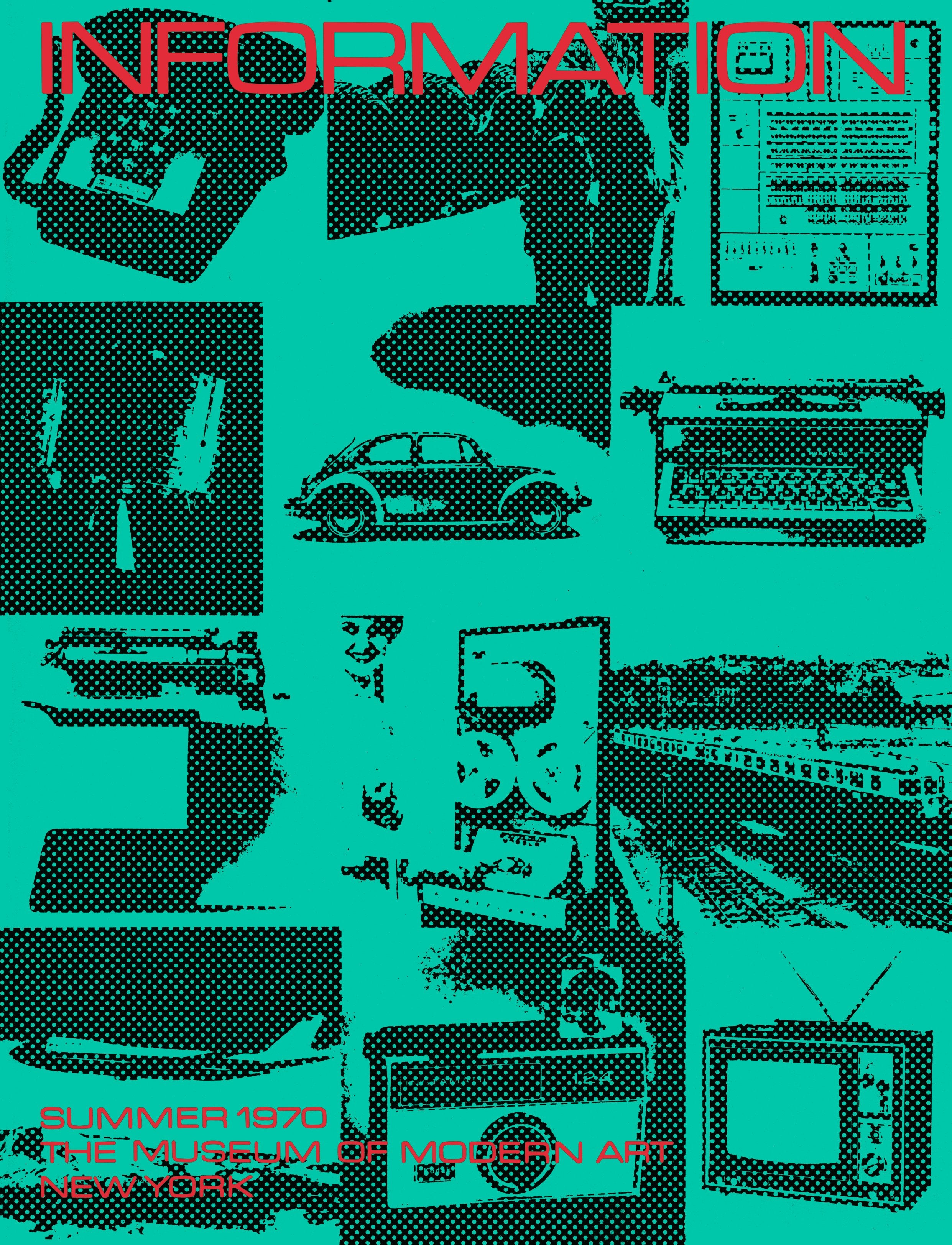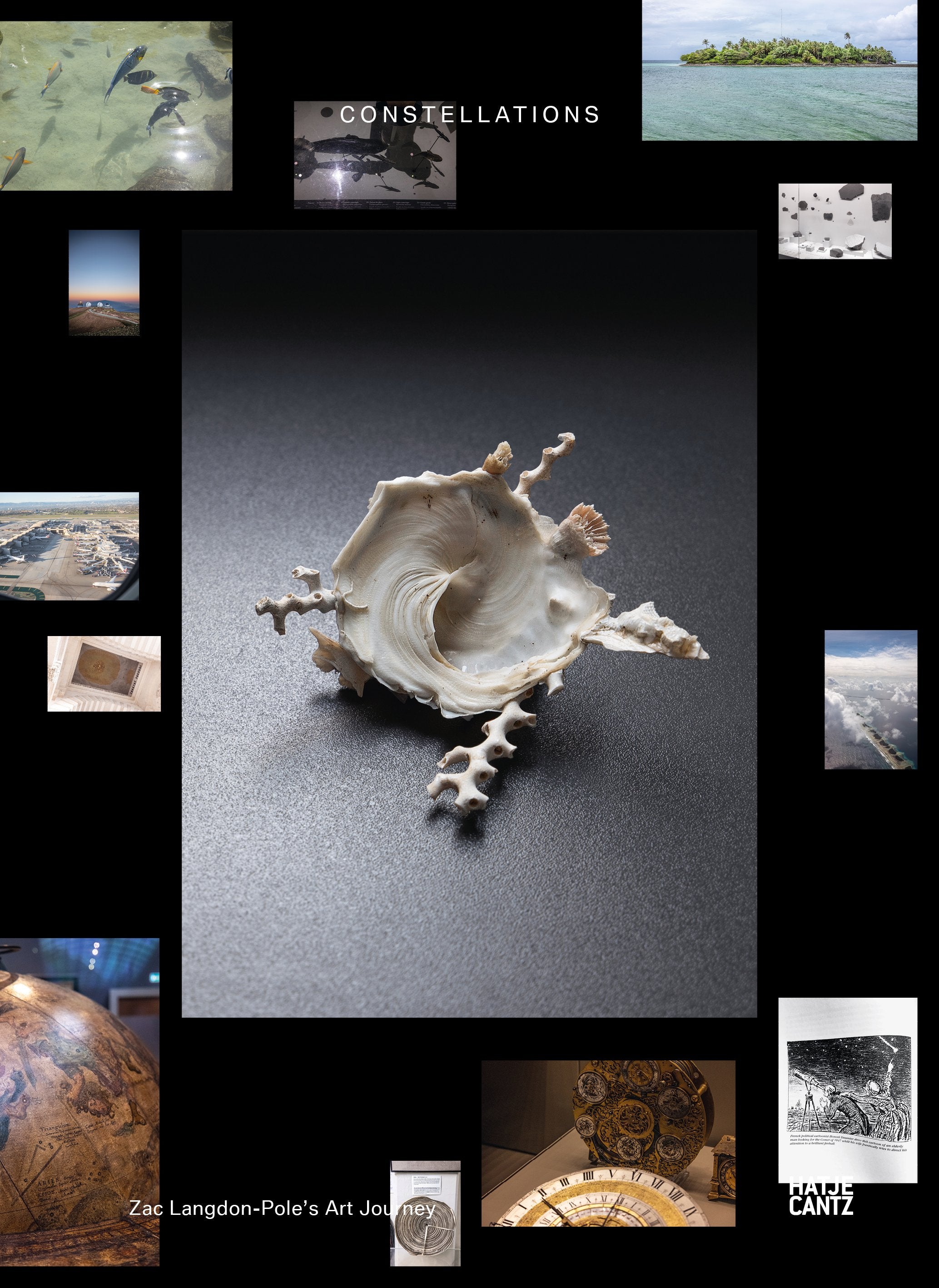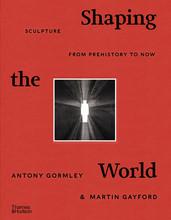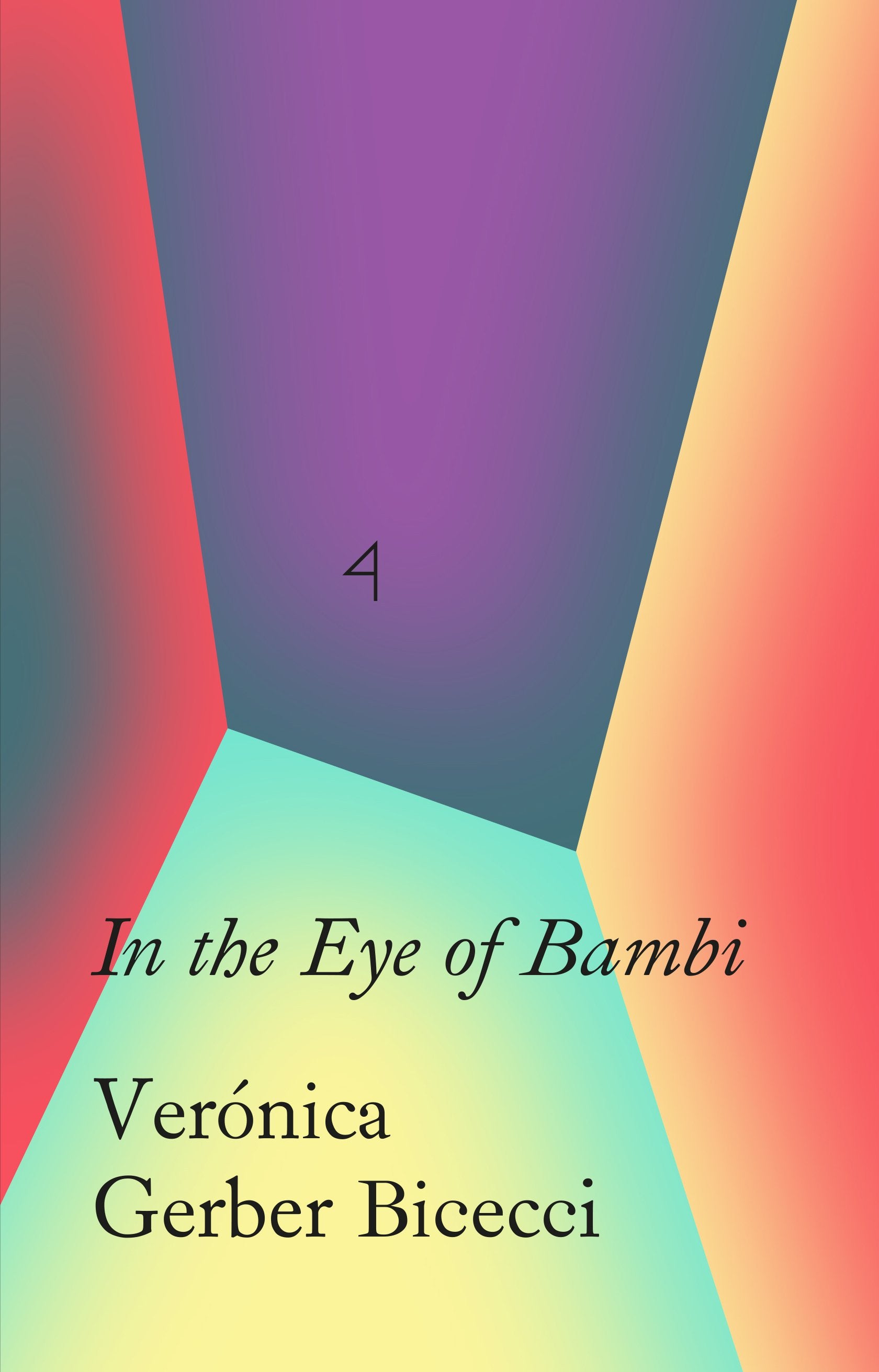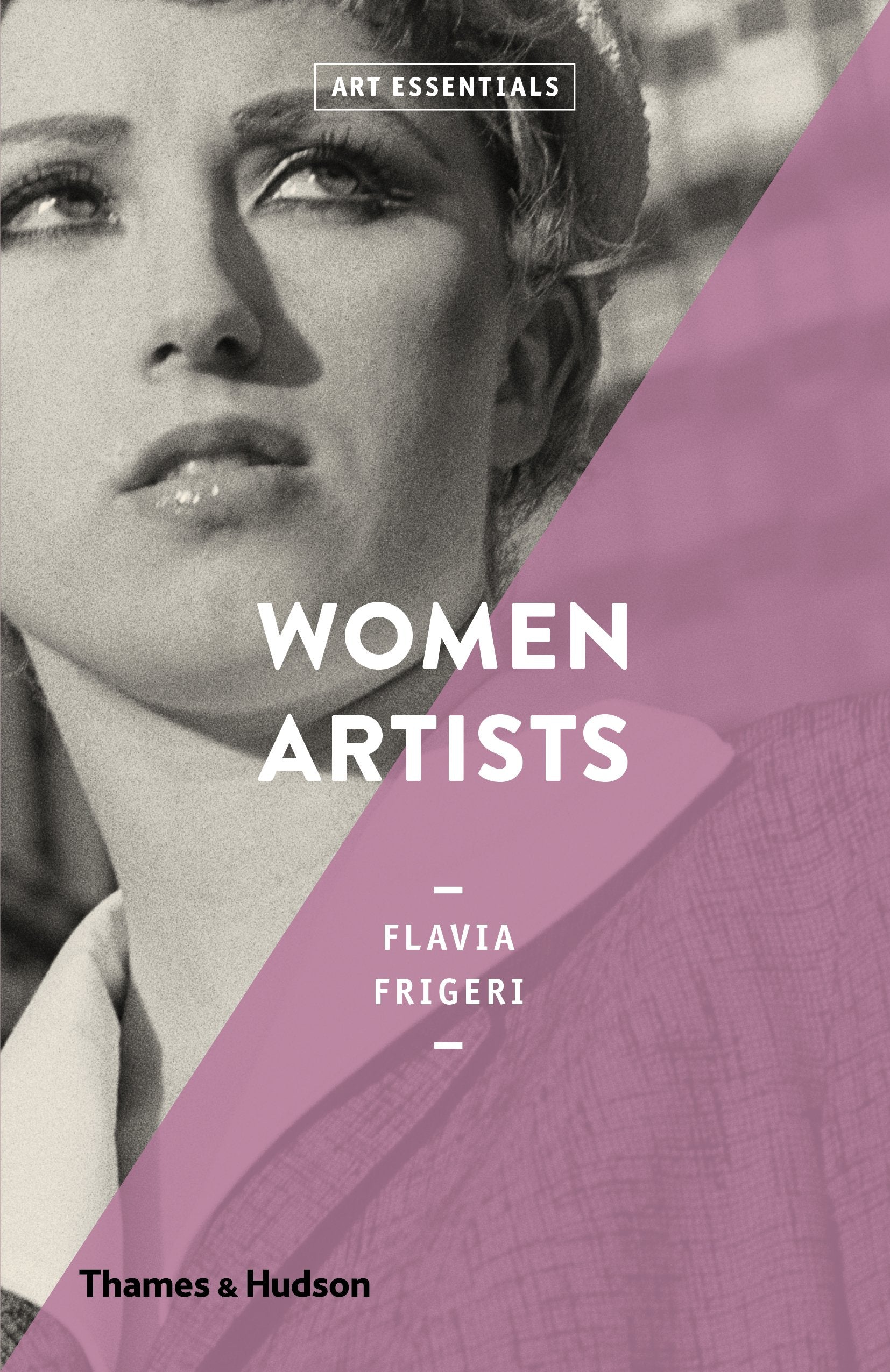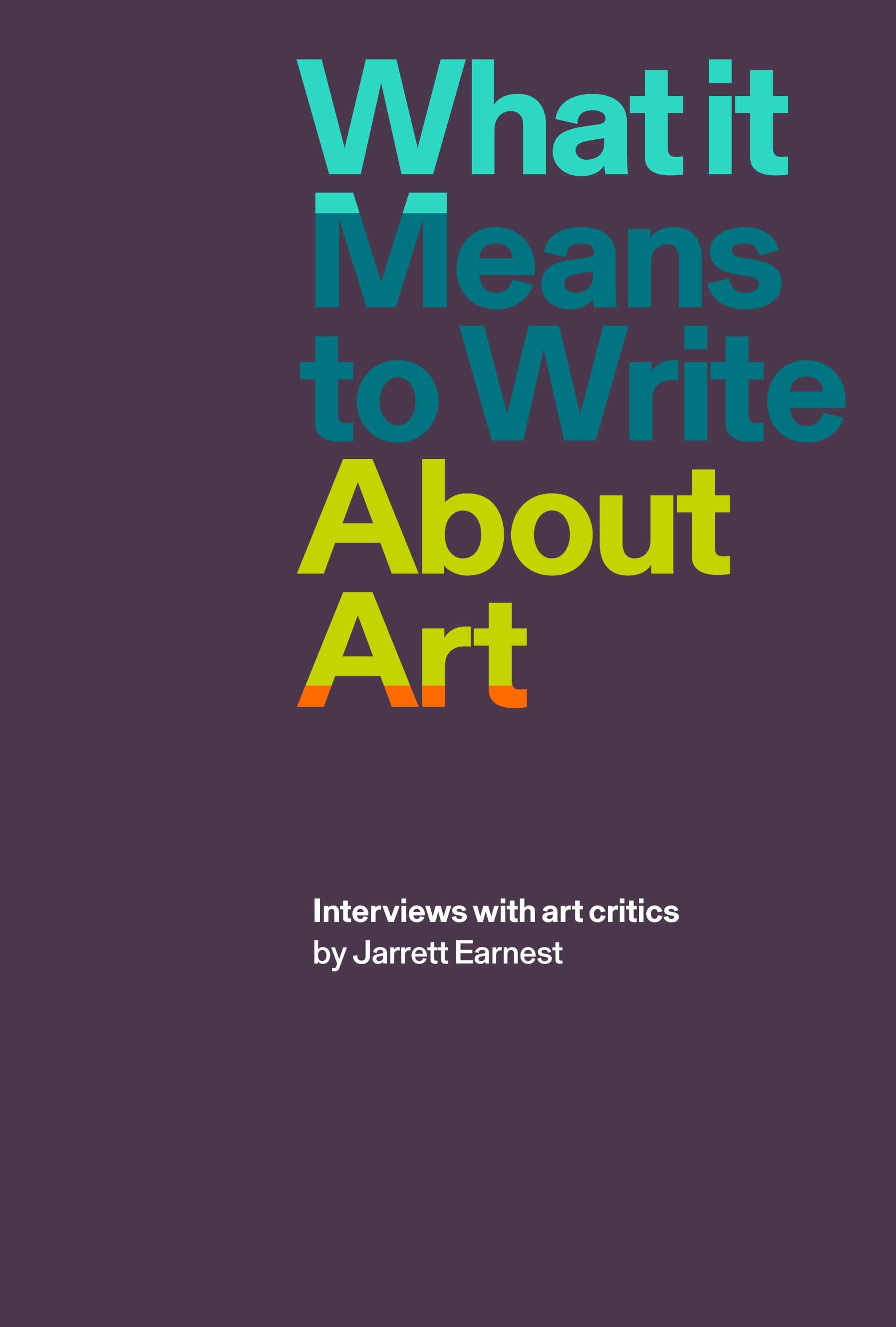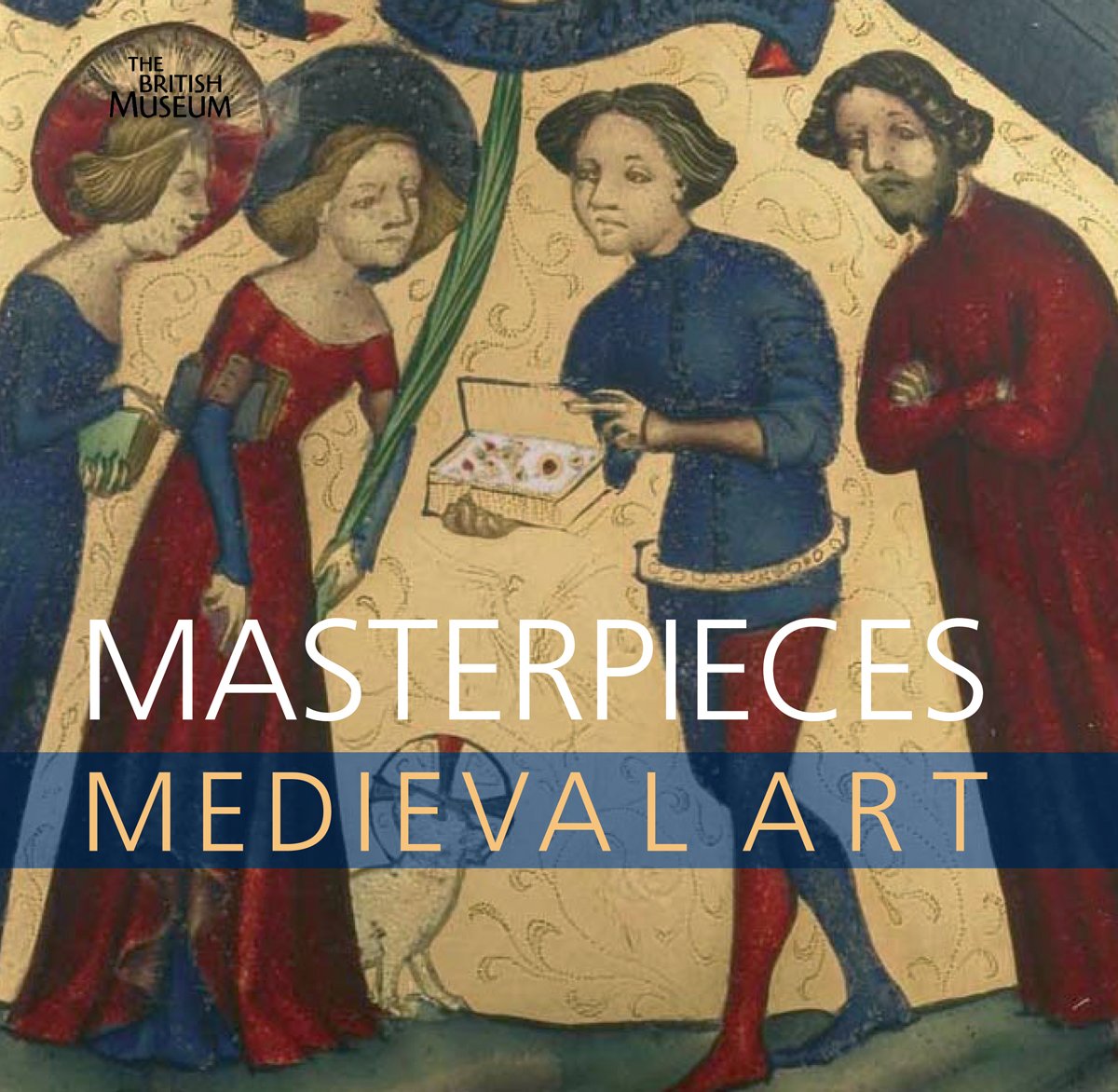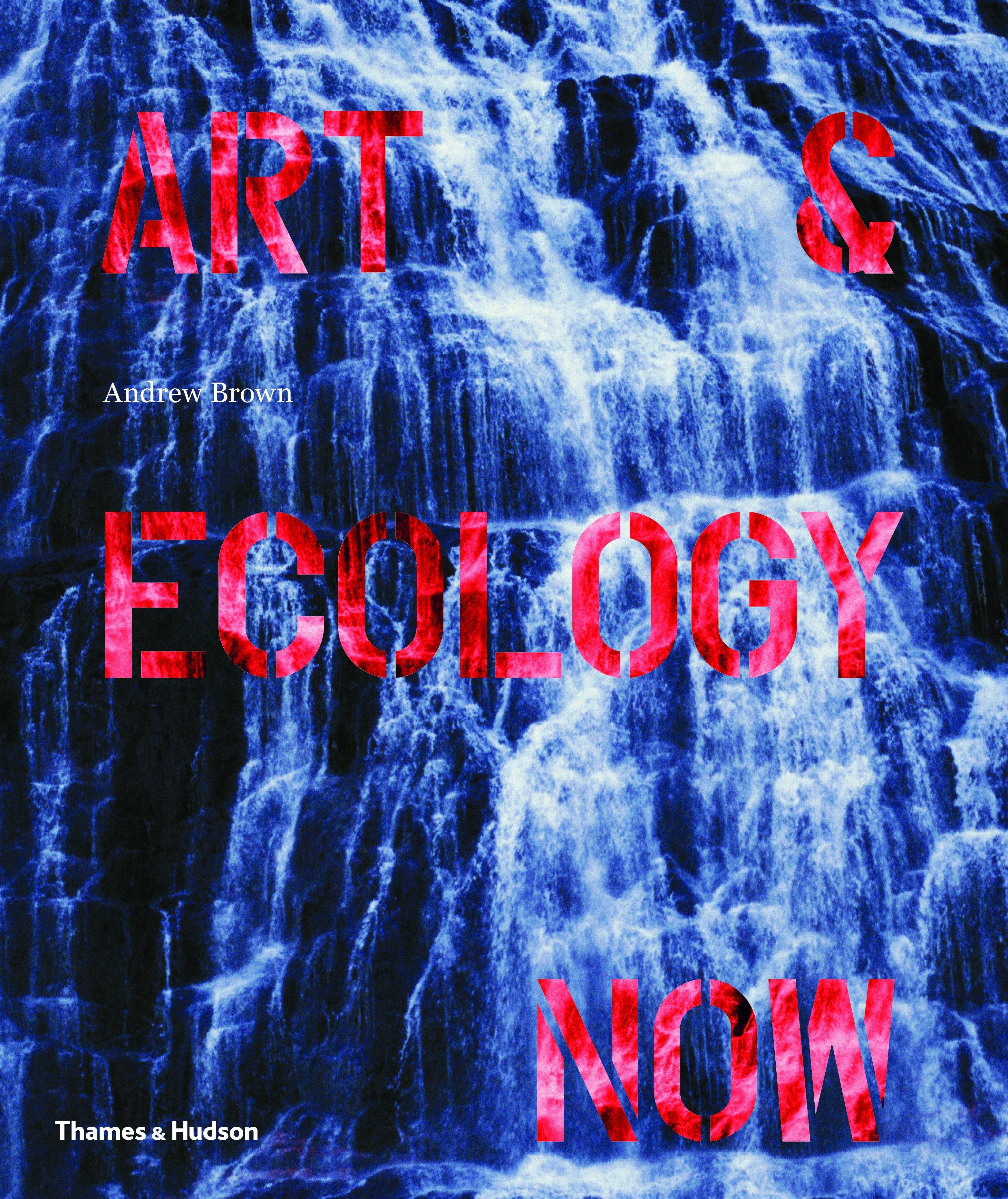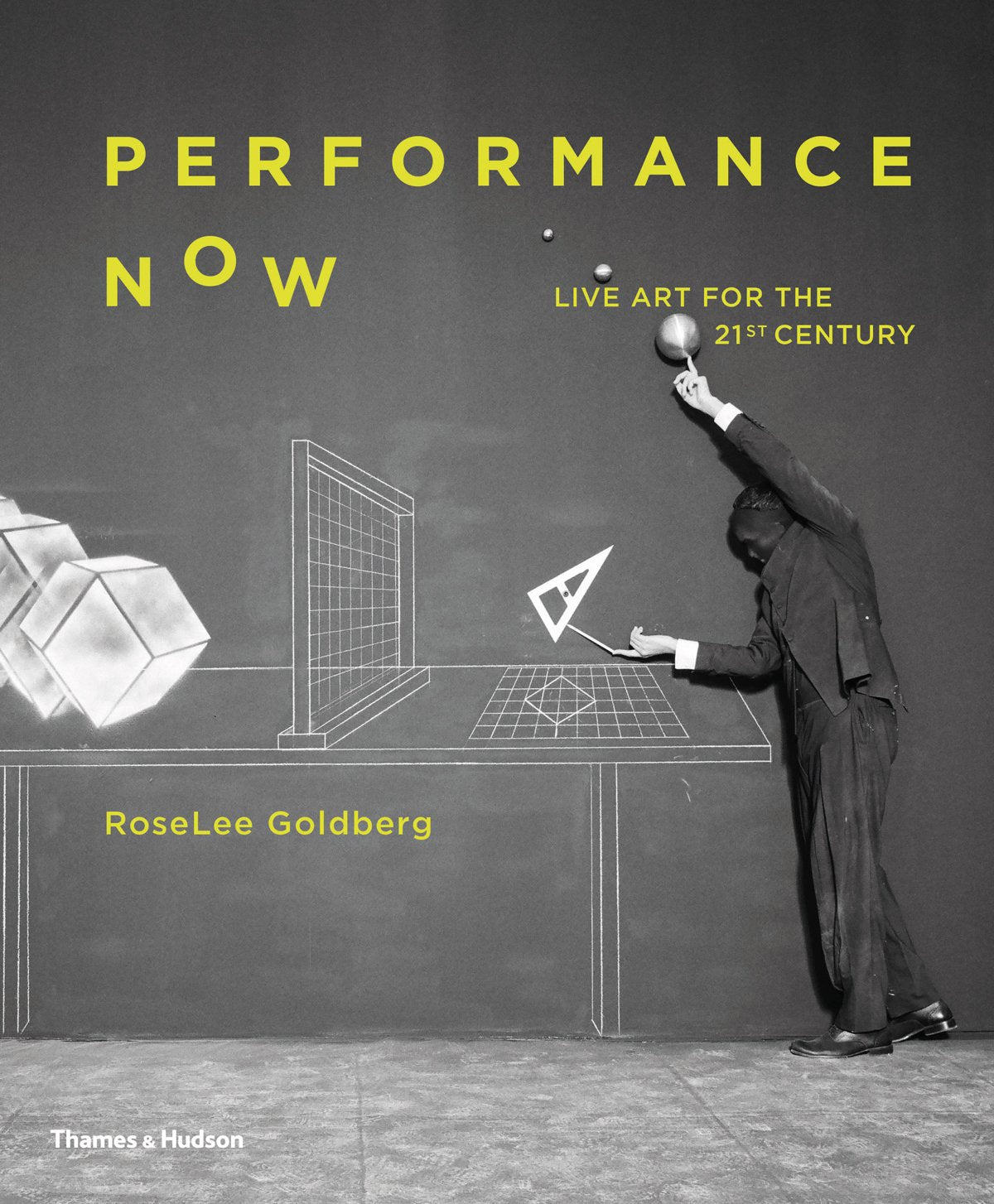Celts: Art and Identity
Julia Farley and Fraser Hunter
The real and imagined legacy of the ancient Celts has shaped modern identities across the British Isles and retains a powerful hold over the popular imagination. Furthermore, Celtic art is one of Europe’s great artistic traditions, with the skills of Celtic craftspeople standing alongside the best of the ancient and medieval worlds. But who were the Celts? Recent research and new archaeological discoveries are continuing to transform our understanding of the idea of the Celts – a subject involving much controversy and academic debate since the late 1990s. Drawing on the latest scholarship, the authors explore how the Celts have been defined differently from ancient times to the modern day, by people with different perspectives and agendas. They look, too, at what is meant by Celtic art, from its origins c.500 BC in western Europe, through its transformations and revivals in the Roman, Anglo-Saxon and medieval periods, to its rediscovery in Britain in the eighteenth and nineteenth centuries. Over 250 remarkable objects have been selected from the collections of the British Museum, the National Museums of Scotland and other key European museums to richly illustrate the narrative and highlight the artistic accomplishments of craftspeople through the centuries. Here are iconic, intricately decorated masterpieces as well as less well-known fixtures and fittings; items of warfare and adornment; the ceremonial and the utilitarian.









